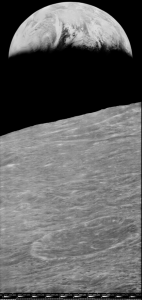In today’s Instant photography there are two different technologies. The old instant film pioneered by Polaroid and now dominated by Fujifilm Instax, and the new digital printer, usually ink based, the later being pushed by the Polaroid brand (as opposed to Polaroid Originals), with Zink that uses thermal printing technology.
From All About Images, Zink Twice about Polaroid (their pun):
Polaroid and Zink have chosen not to provide any stability information on their products. One can only assume that the expected lifetime for this product must be poor, since if it were not, they would have every reason to publicize it.
Lifetime of prints is an important matter. I’m convinced that the majority of the digital photography archives will be lost to obsolete and failing technology, destructive services, etc. and that printing is one of the limited ways to preserve them. But prints have to be long lasting. Photographic paper like the Fujicolor Crystal Archive is rated for 70 years and this is way longer than Zink.
